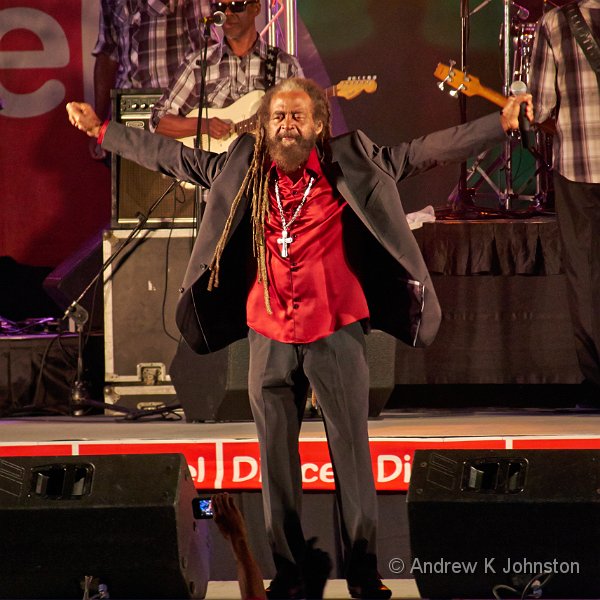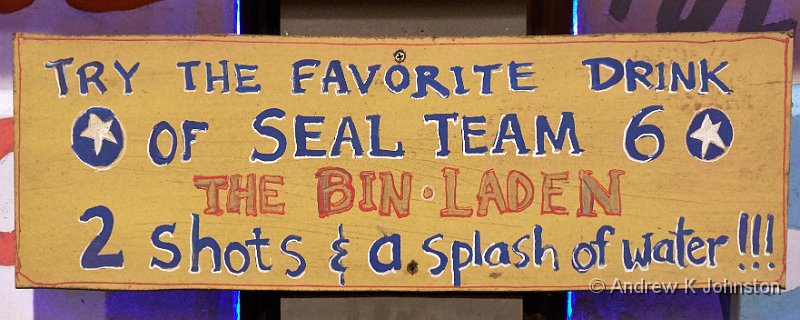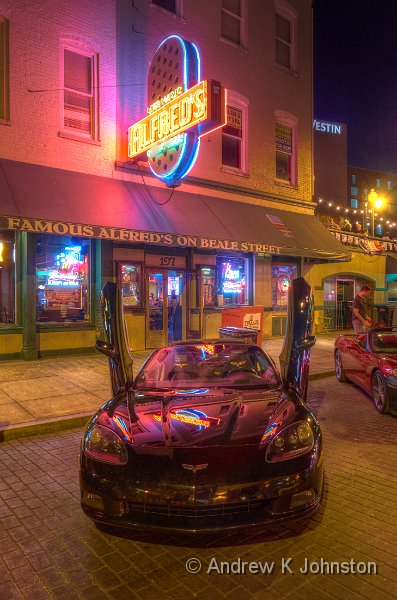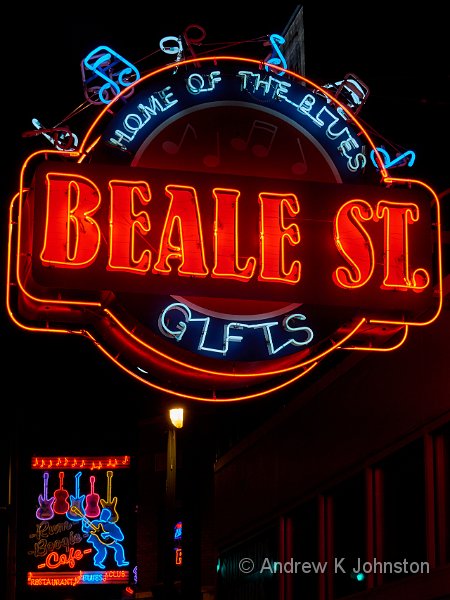Readers of longer standing may remember the agonising when I had to replace my 2009 Toshiba laptop, as there had been yet another shift in screen aspect ratio standards, and in order to preserve a decent vertical screen size, I ended up buying a massive Alienware M17X laptop for my main work machine. It’s still a great machine, but “portable” is not an appropriate adjective…
This means I need another laptop for travel. For a while I soldiered on with the old Toshiba Satellite Pro, sticking a large SSD in and upgrading to Windows 7. This works fine, but inevitably software tends to expand to match hardware capabilities, which means running the latest versions of compute-intensive software such as Capture One starts to feel challenging on older hardware. The major nail in the coffin came in Barbados this year, when we discovered that The Crane had upgraded most of the televisions to new models with only HDMI inputs, and the Tosh only has a VGA output. This put a significant crimp in our television watching.
Back home, and the search for a new travel laptop began. One of the interesting challenges is that while I need an HDMI output for plugging into newer televisions, I also definitely need a VGA output on what will be a business tool, for plugging into projectors. However in about the past year Intel in their “wisdom” have decided that newer PCs should not have VGA outputs, despite the vast number of VGA-only projectors still in daily business use. After some agonising I found a deal from Dell for an “outgoing stock” 2013 model Latitude E5530, which has a Core i7 processor (of which more later), and, importantly, both VGA and HDMI ports.
Setting it up was refreshingly easy, as I purchased a 750GB SSD and simply cloned the old travel laptop onto this disk, stuck it into the new machine, and updated a few drivers. I have a fairly complex file replication scheme set up on all my laptops using the excellent SyncBack SE, which allows my work to just flow smoothly backwards and forwards between them, so that I can work on the Alienware M17X if I’m driving somewhere, or switch to the Dell if I’m travelling by other means. As a business computing arrangement it works pretty well. Recently I’ve been splitting my time between home, the Midlands, central London, Cologne and Berlin, and it’s served its primary purpose.
Unfortunately, there are some limitations. Firstly, although the Dell has a Core i7 processor, it turned out to be a dual core version. I didn’t spot this when I bought the machine, as I didn’t realise such things even existed! While it’s not a limitation if I’m doing normal business computing, it does affect my ability to do some tests with virtualisation or performance simulations, which have been an element of my recent work. Coupled with the relatively slow integrated graphics, it’s significantly slower when I’m processing images for my photography.
However the main issue is the stupid slitty “widescreen” display, which is only 768 pixels deep. This makes it almost unusable for some programs, such as Capture One, and a bit of a challenge even for working on large spreadsheets, project plans, or documents where I want to see an overview of a page. Coupled with a disappointingly dim screen which is very sensitive to viewing angle, it’s effectively unusable for my photography.
The result is that I’ve started lusting after alternatives. There is, of course, one hardware supplier who “get” the need for a sensible screen aspect ratio, and also have display technology which produces bright, colour accurate images tolerant of quite a wide viewing angle range. I am talking about Apple. One of my colleagues has a three year old 15″ Macbook Pro, and while I’m no lover of OSX, the screen is exactly what I need.
So that got me thinking, maybe the answer is a hybrid solution: Mac hardware running Windows :)… Yesterday I bit the bullet and purchased a 2011-era 15″ Macbook Pro, with a four core i7 processor. I will do my usual trick of installing maximum RAM and a big SSD, and it should more or less match the Dell for performance and portability, plus deliver a bit more style to boot. The interesting challenge is whether I can pull off my trick of just installing a clone of my existing laptop set-up, or whether I will have to re-install everything with a more complex dual-boot solution managed by OSX. I’ll also have to get used to running Windows on an Apple keyboard, which may be interesting.
Let the experiment commence!

 List
List Abstract
Abstract One+Abstract
One+Abstract










 Thoughts on the World (Main Feed)
Thoughts on the World (Main Feed) Main feed (direct XML)
Main feed (direct XML)